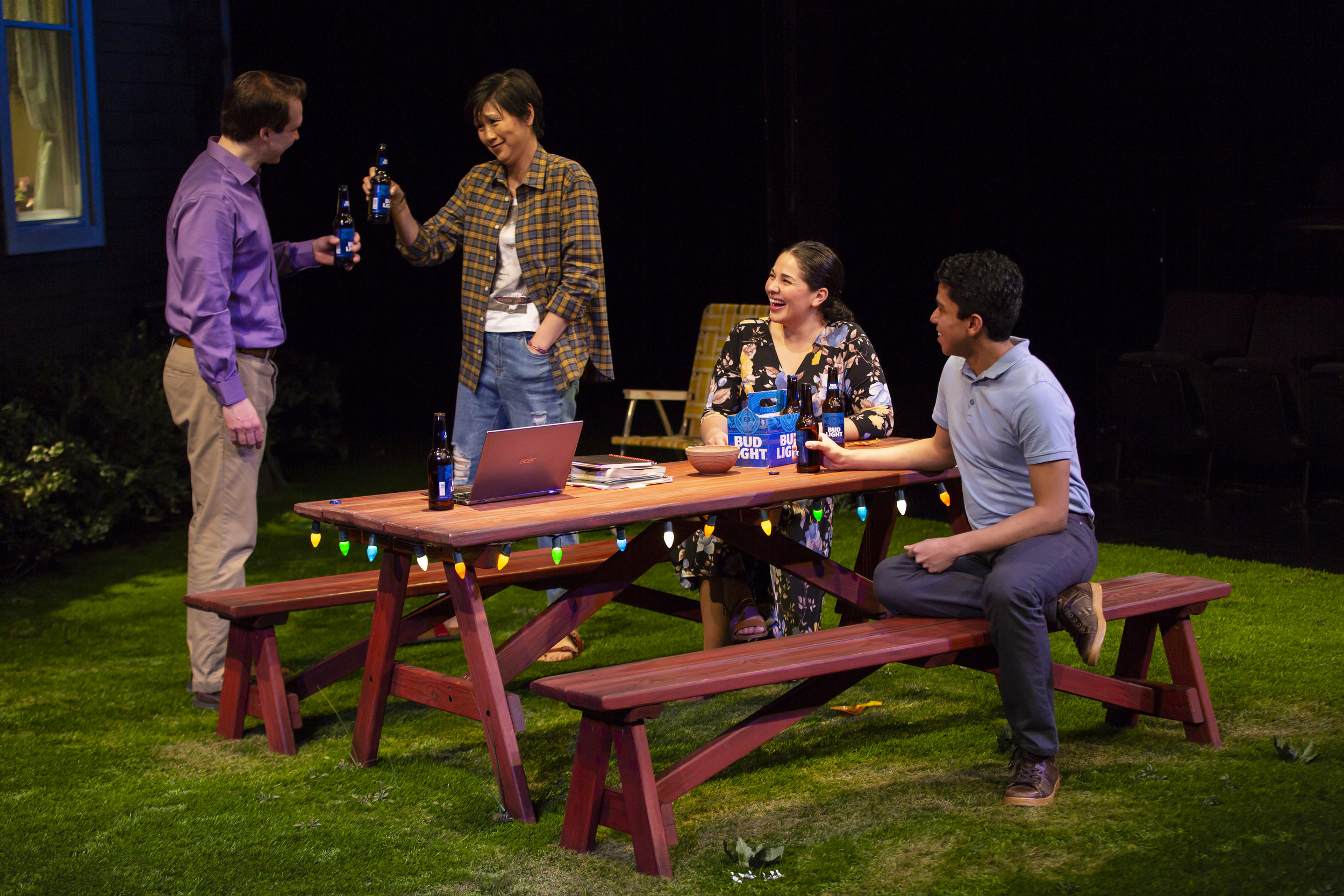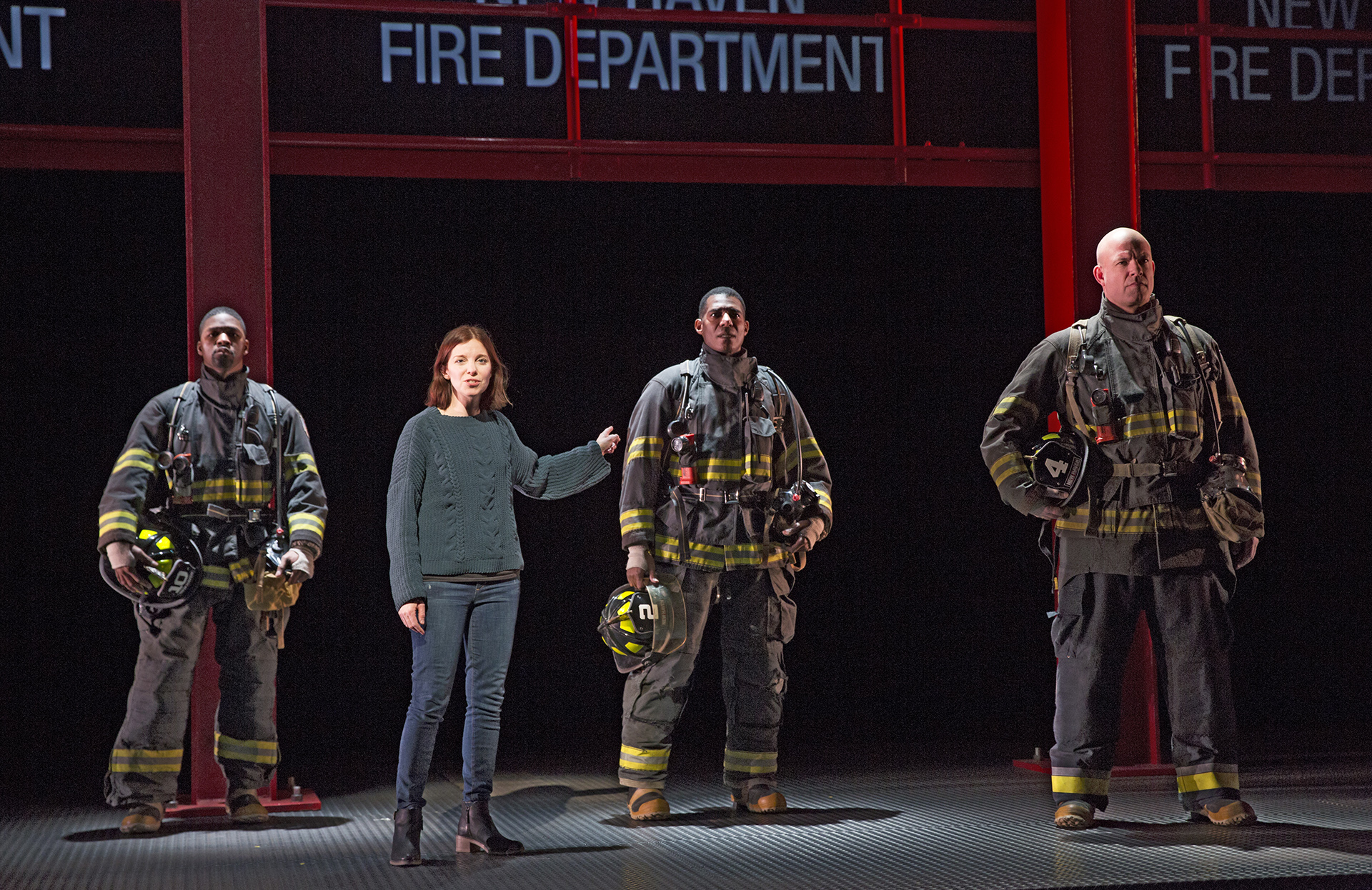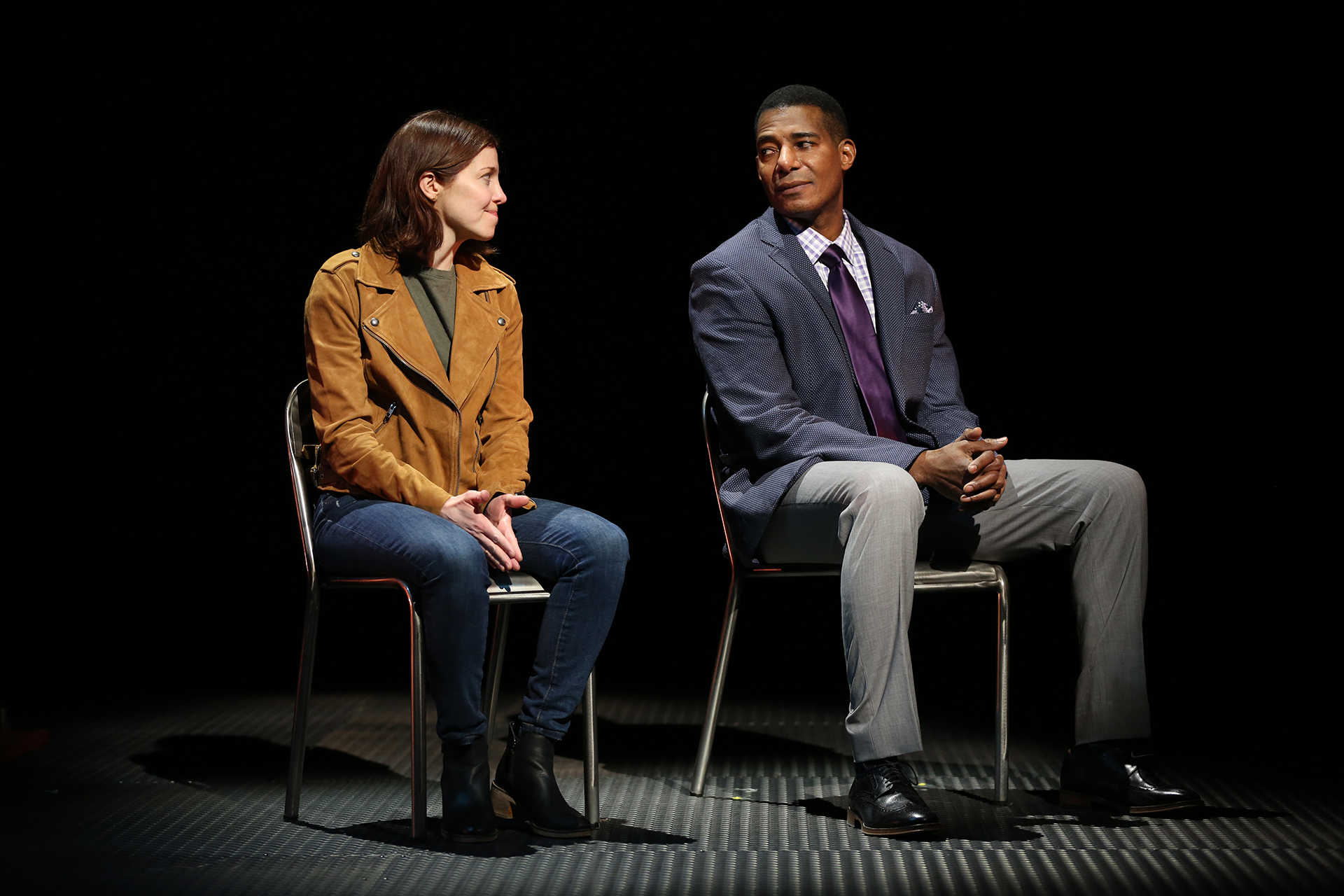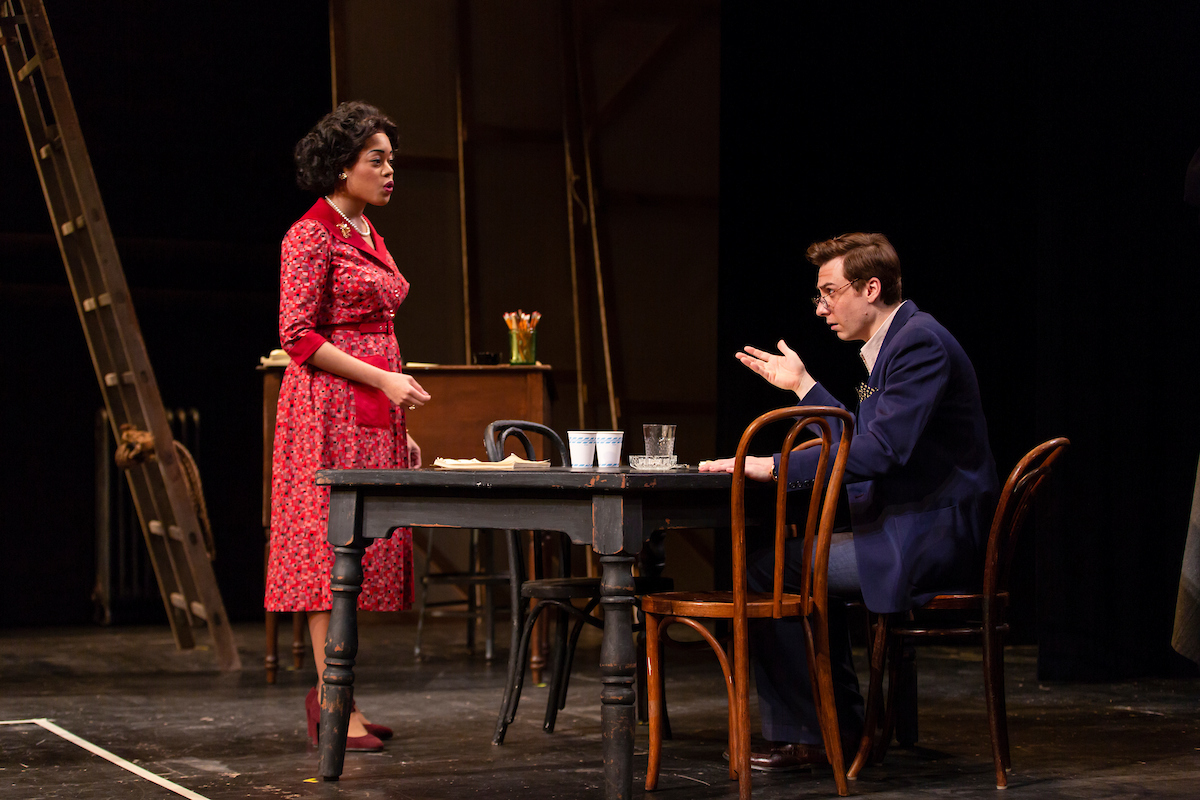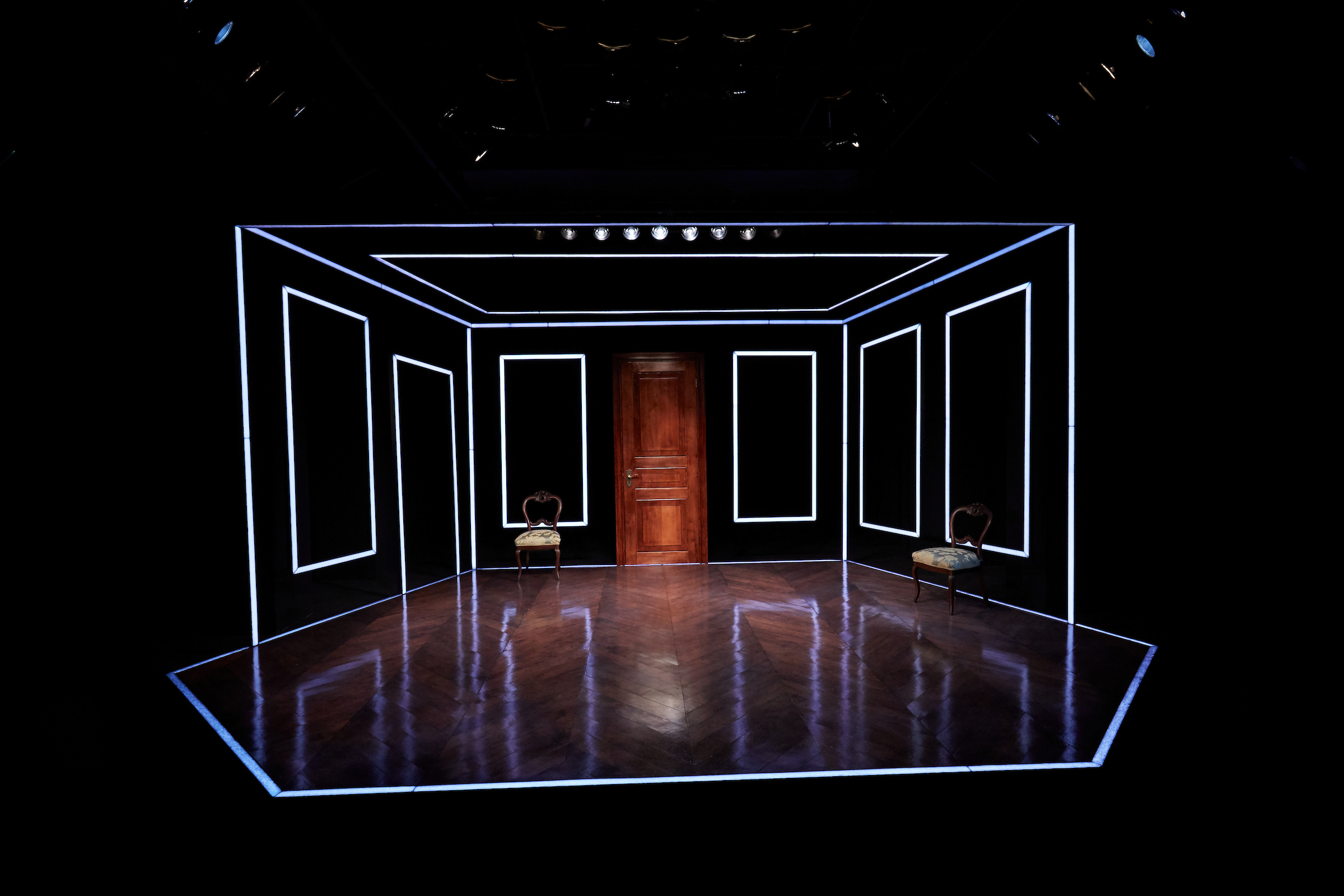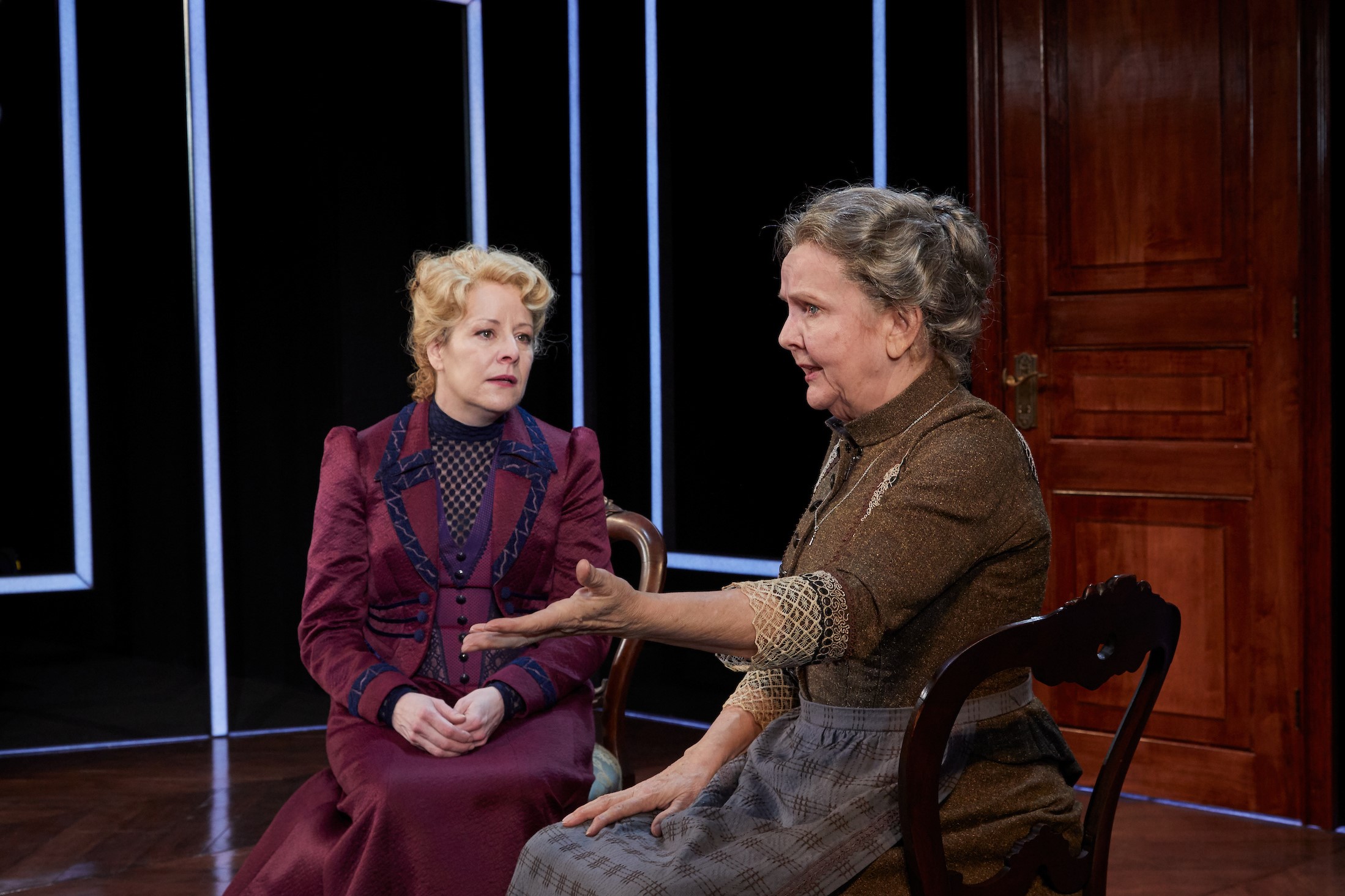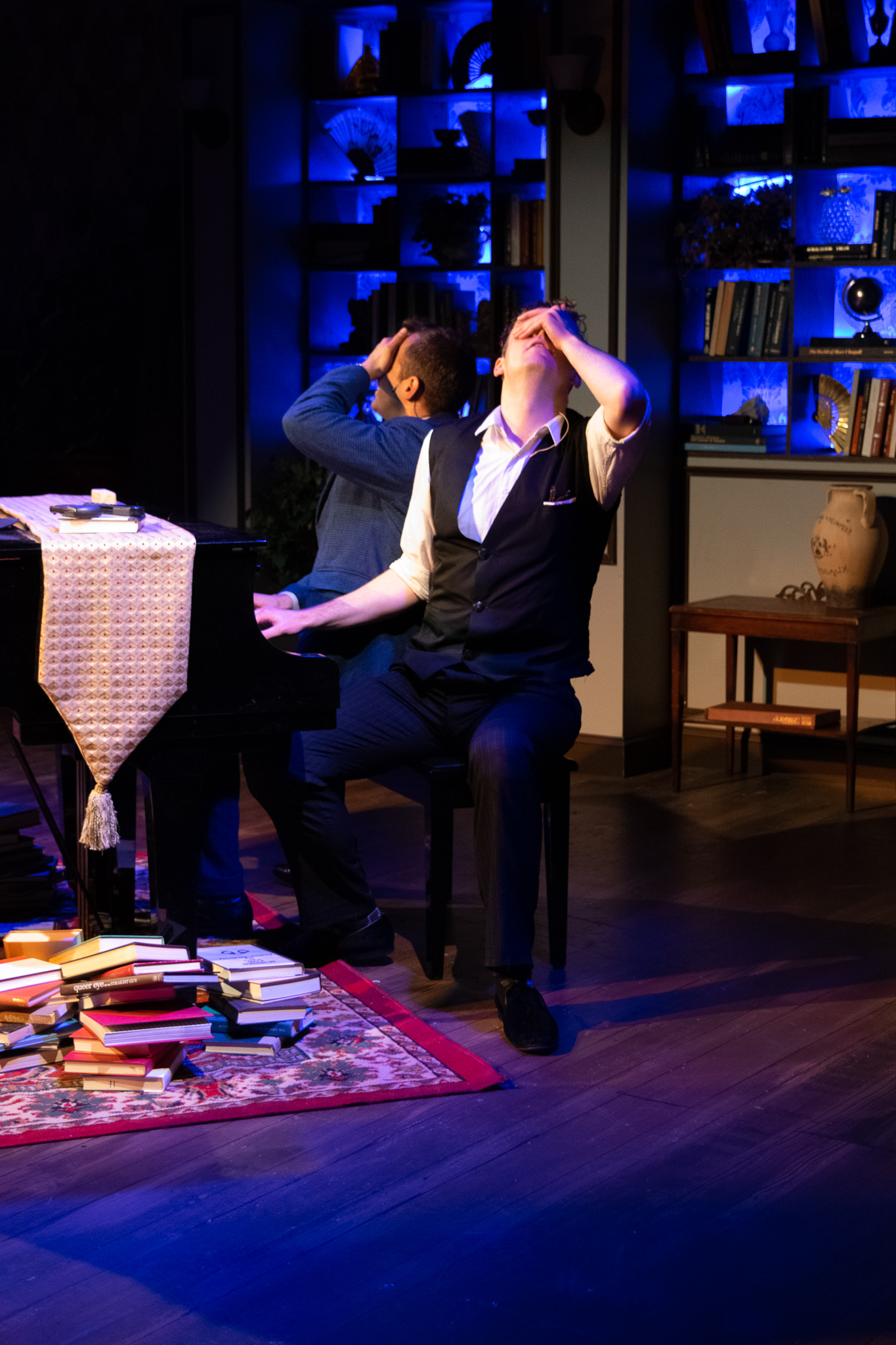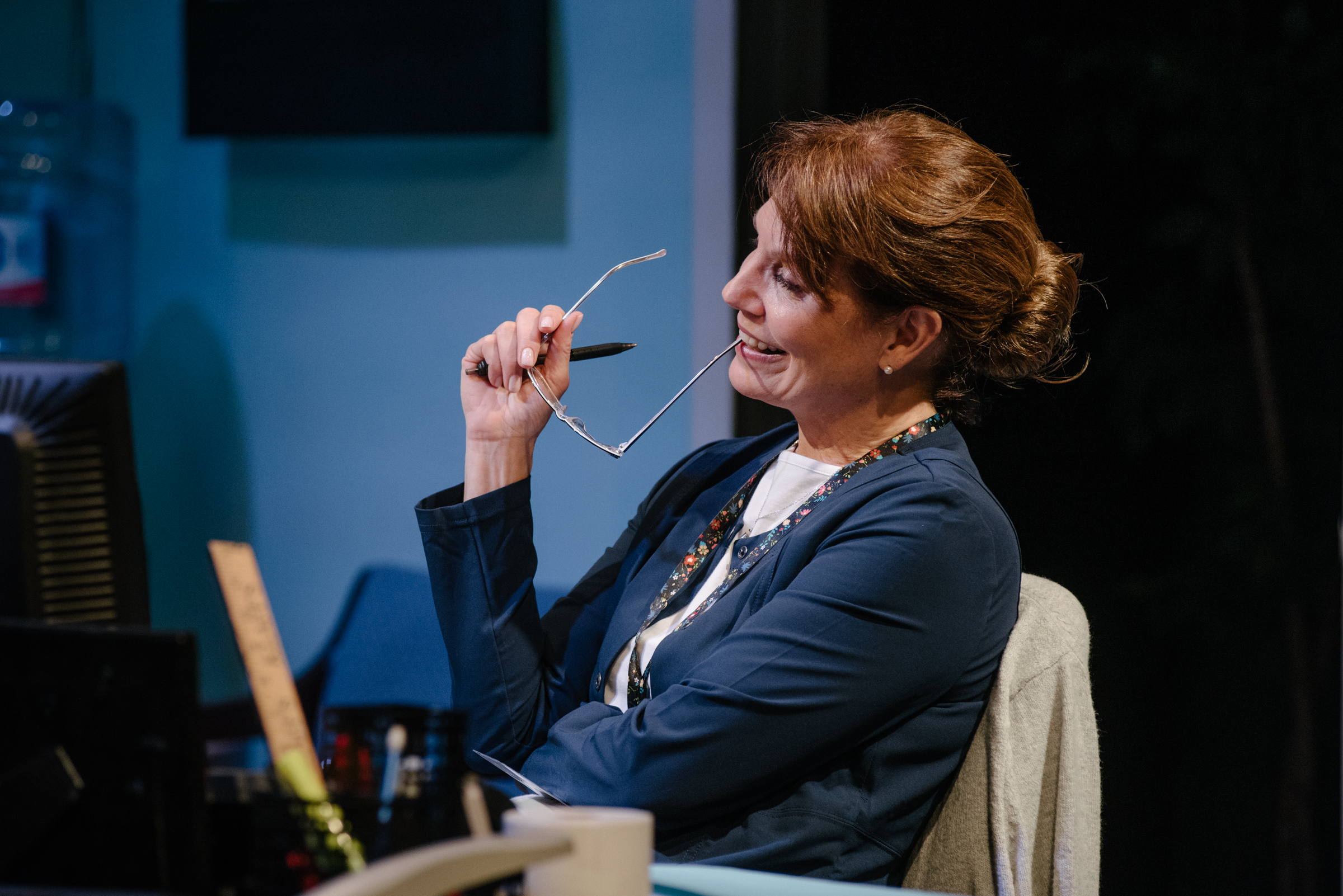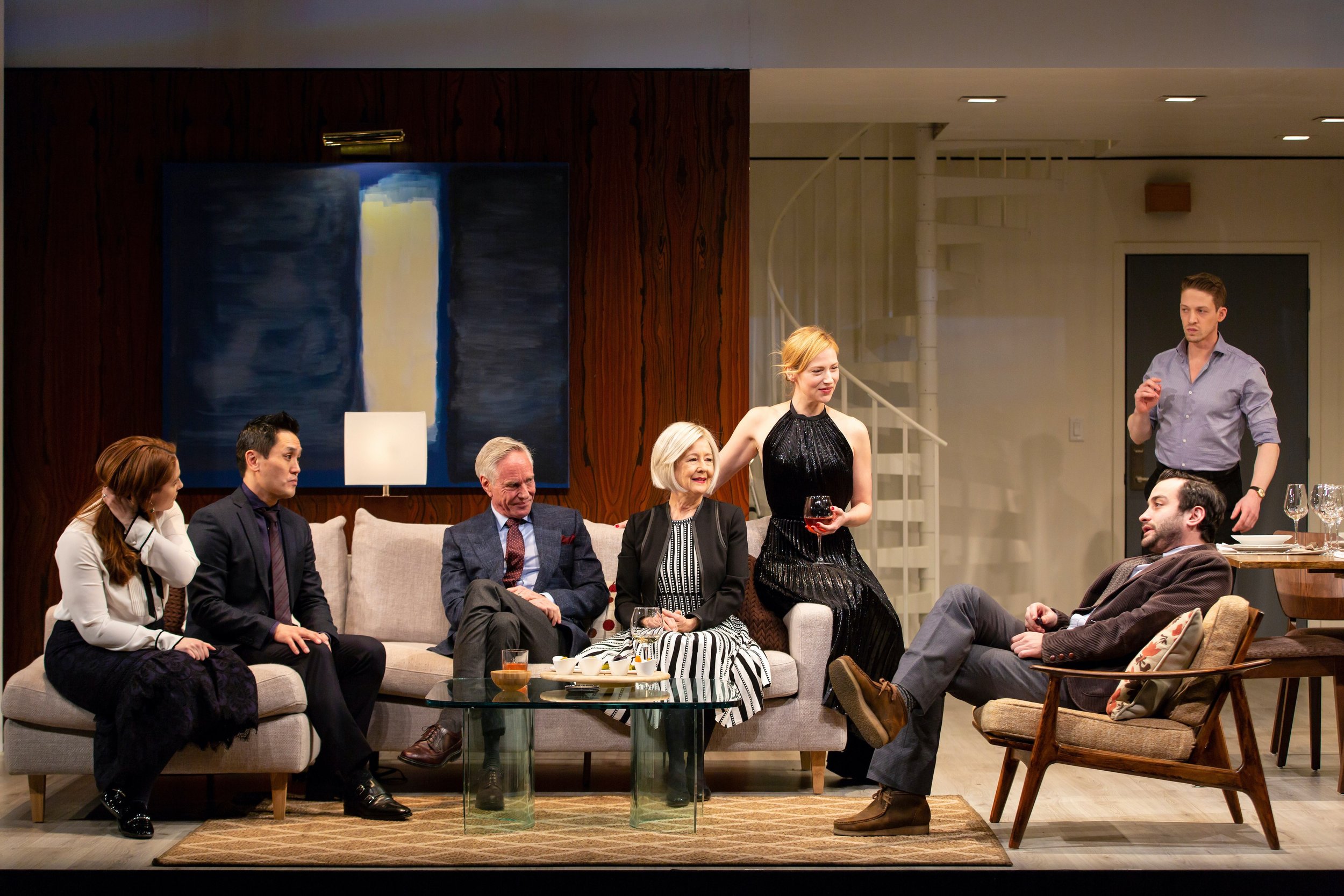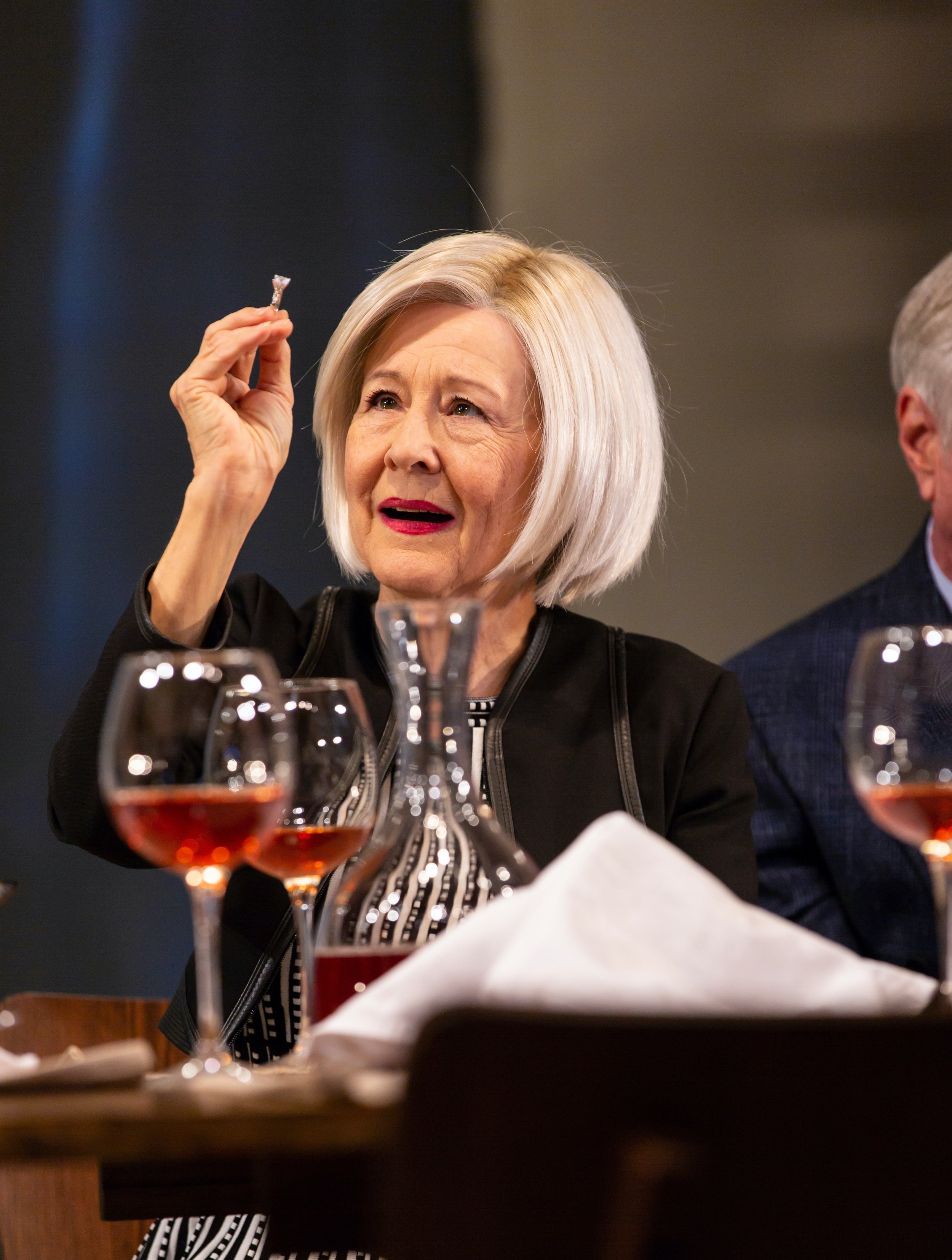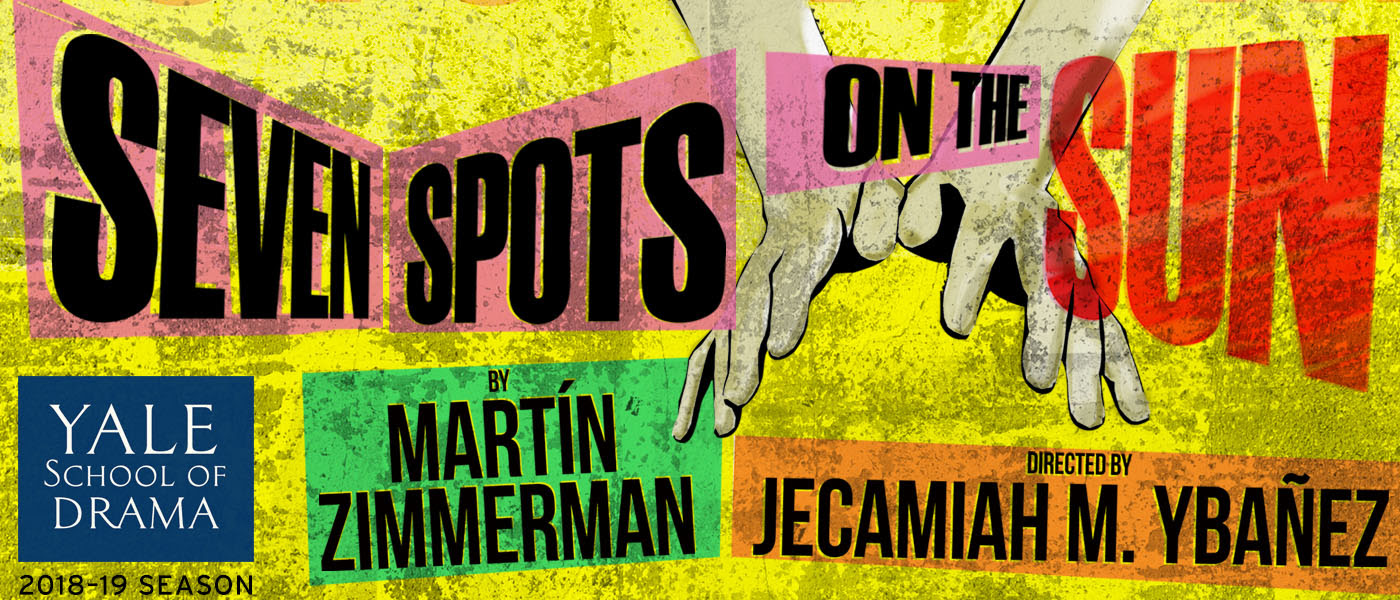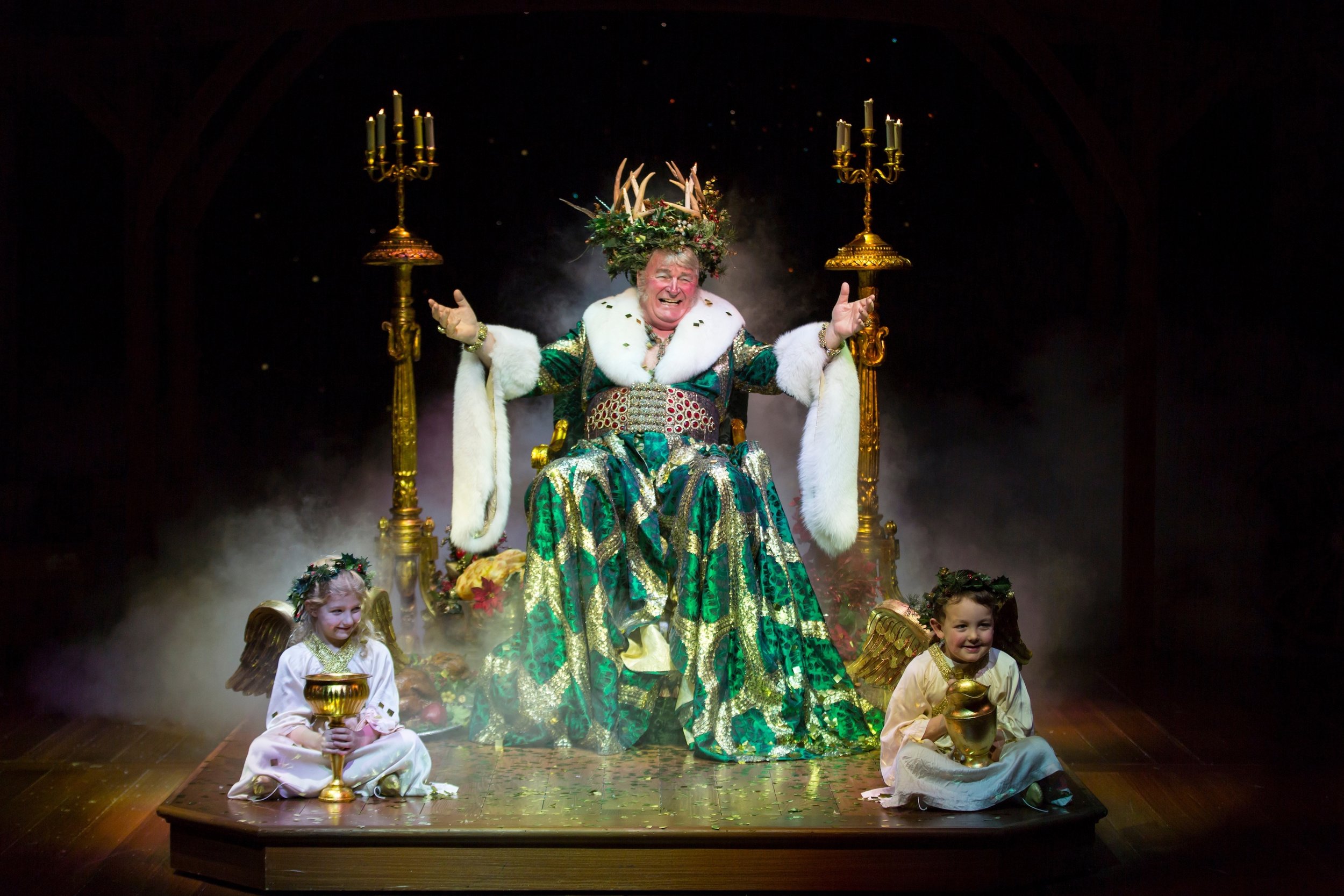Preview of Marjorie Prime, New Haven Theater Company
New Haven Theater Company returns this week with Jordan Harrison’s thought-provoking play Marjorie Prime. Set in an indeterminate point in the future, the play engages with the ways, in the 21st century, technology has become an increasingly intimate part of our lives. The play premiered in Los Angeles in 2014, won the Horton Foote Prize for Outstanding New American Play in 2016 and was a finalist for the Pulitzer Prize.
Marjorie, played by NHTC member Margaret Mann, is a widow in her 80s, plagued with failing health and lapses of memory. Her daughter Tess, played by NHTC member Susan Kulp, and son-in-law Jon, played by guest actor Marty Tucker, have enlisted a “prime,” a synthetic humanoid entity, to be Marjorie’s companion. The prime (played by guest actor Ryan Hendrickson) wears the appearance of Marjorie’s deceased husband Walter as he was in his thirties. He serves to focus Marjorie’s memory and help with her grief, though Tess fears an over-reliance on a relationship that isn’t real.
Marjorie Prime runs at the NHTC stage in the English Markets Building, February 28-March 2, and March 7-9, at 8 p.m.
For director Trevor Williams, the play is “very human and sometimes chillingly inhuman.” Williams confesses to be “drawn to nonhuman roles” and that may be the reason directing the play for NHTC fell to him. He was the brains behind “the baby console” in the company’s production of Smudge, and he played the showboating chimp Oscar in NHTC’s production of Trevor. The possibilities of putting onstage characters who aren’t quite people intrigues him. As does Marjorie Prime and the previous NHTC offering, fall 2018’s Love Song, both of those plays featured a sense of a domestic normality made darker and somewhat alarming by the ways the people in the plays cope with what Williams called “some kind of lack: a child, a spouse, memory, sanity.” In each case some potentially workable but also potentially dysfunctional solution is found and made dramatically interesting.
The primes in the play, Williams says, serve “as companionship and as consolations: they interact with their employers and store up memories.” Tell a prime a story from your childhood or from—as in Marjorie’s case—about some events from your marriage and the prime will accept the story as gospel, recalling forever those exact details.
Much of the play revolves around how humans interact with this new class of beings. The misgivings about having one’s life stored in synthetic memory banks—as with our online lives—certainly plays into Harrison’s concerns. That’s the chillingly inhuman aspect that Williams spoke of. But there’s also much attention to how the tales we tell form our identities for ourselves and others. What survives us in the minds of others? What happens when we forget our loved ones, or when contrary recollections are in conflict? At one point Tess, exasperated with Jon, says she might need a “reprogrammable spouse.” That’s the very human side of the story, where the frustrations of mortality and the shelf-life of our memories undermine even our most enduring relationships. There’s also the question of manufactured memories—versions of an event that we pretend to have to avoid recalling the truth.
For Williams, the play “shows us what happens when we choose what facts to record, in our digital lives or in the stories we tell each other. Now, when truth and what it means to be human are all becoming so mutable, for better or worse, this story compels us to reflect on the choices we’ve made and, perhaps, those we’ve yet to make.”
The play, in three acts with an epilogue, runs for approximately 80 minutes and has been given a thrust space unusual for NHTC productions, increasing the sense of intimacy in the company’s black box, which has recently been expanded to include a backstage area.
Marjorie Prime is bound to affect viewers differently depending where they are in their own lifetimes. For some of the cast, the story is almost dystopian, showing us a less-human future that undermines ideas of each individual’s irreplaceable uniqueness. Others stuck up for the optimism of the play, its sense that maintaining human memory through art, through recordings, through artificial intelligence is a positive aspect of the human instinct for survival, making the future more human, whatever we take that to mean.
Tickets can be purchased at the New Haven Theater Company site, here.
New Haven Theater Company includes Erich Greene, George Kulp, Susan Kulp, Margaret Mann, Deena Nicol-Blifford, Suzanne Powers, Steve Scarpa, Christian Shaboo, J. Kevin Smith, John Watson, and Trevor Williams
Marjorie Prime
By Jordan Harrison
Directed by Trevor Williams
February 28-March 2, March 7-9, 2019



